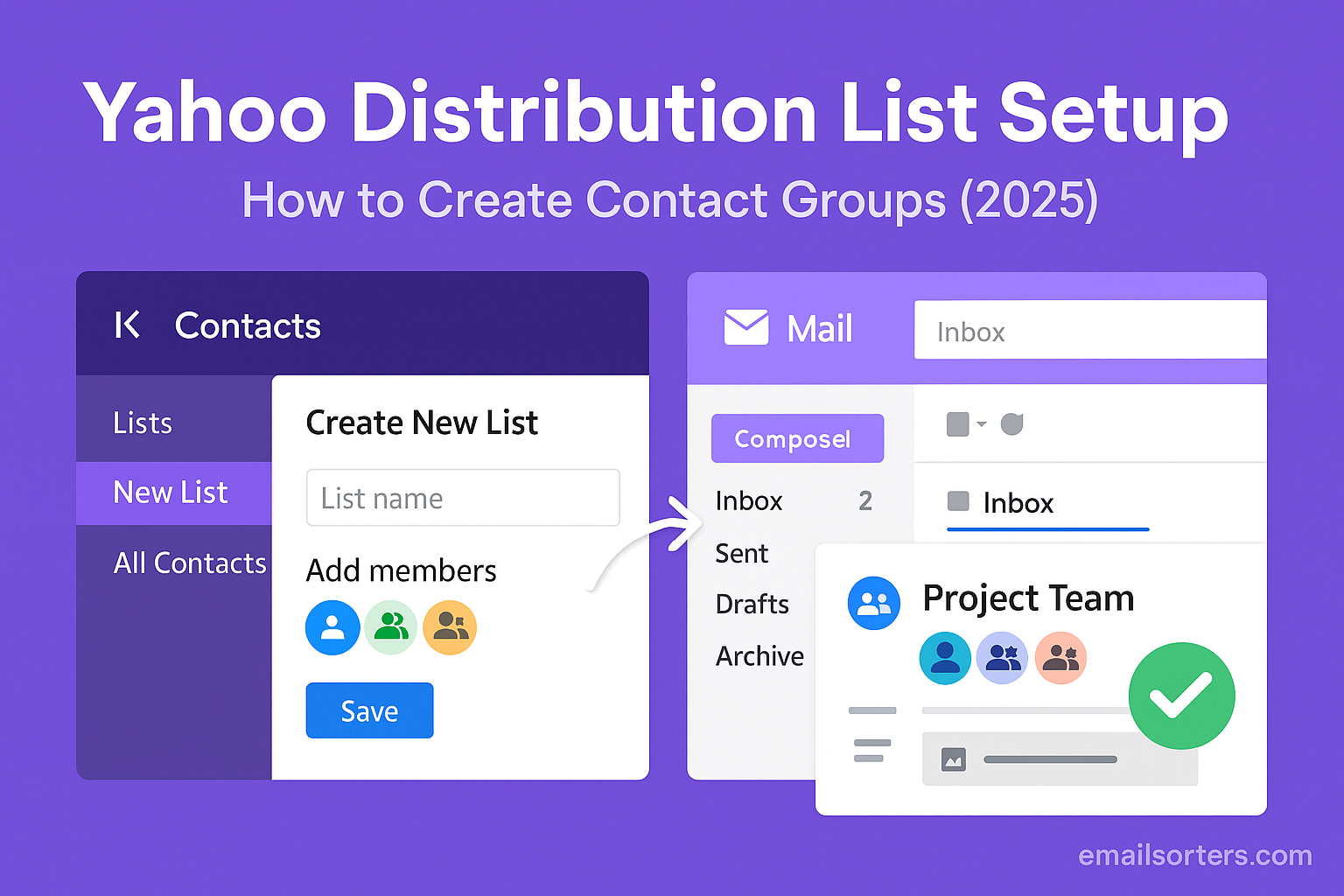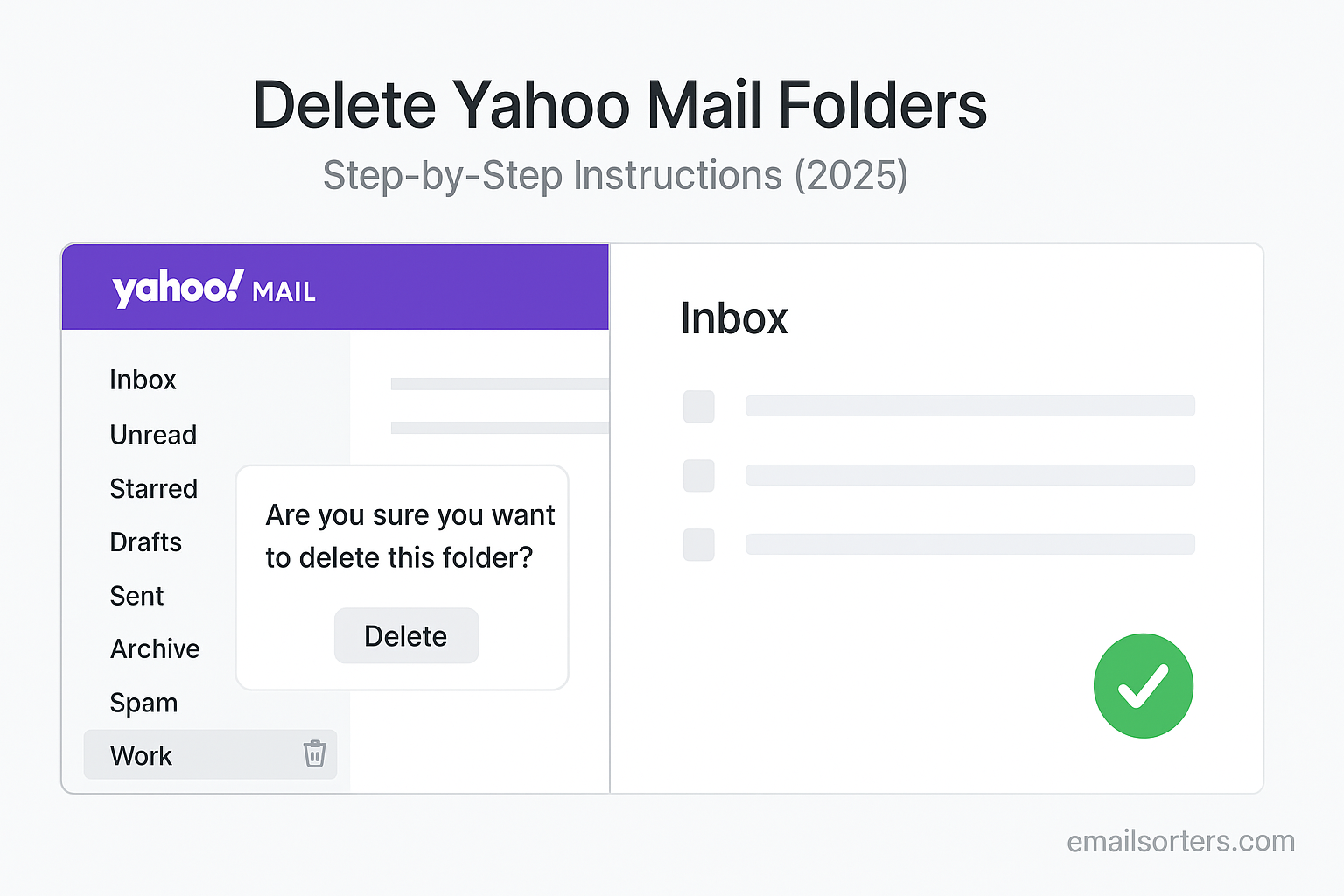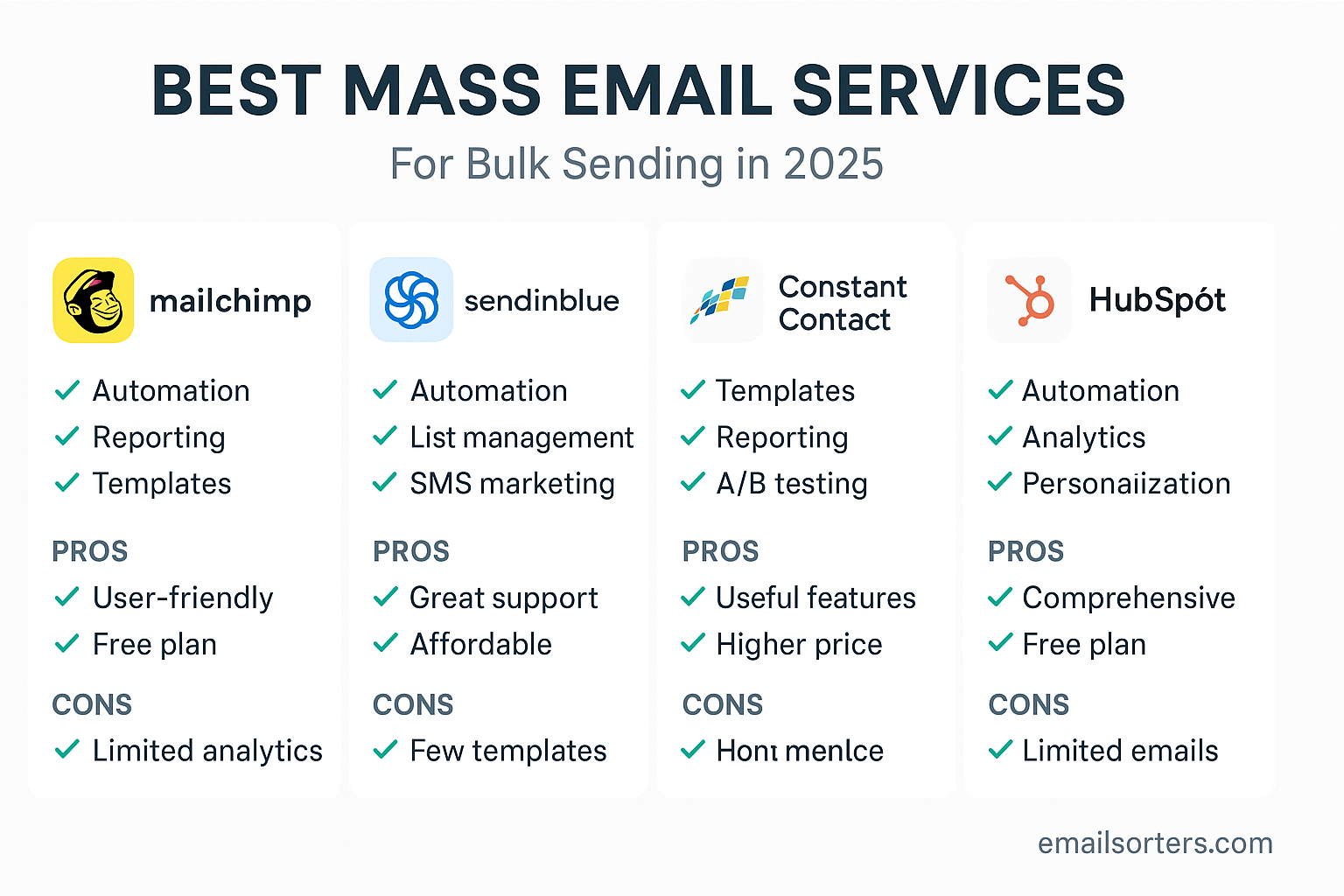Recover Yahoo email account access before it locks you out for good. Forgetting your password, losing recovery options, or getting hacked can feel stressful, especially when important emails, contacts, or memories are inside.
The good news? Yahoo makes it possible to get your account back with a few simple recovery steps. Whether it’s resetting your password, verifying with a phone number, or using a recovery email, the process is easier than most people think.
In this 2025 guide, I’ll walk you through how to recover your Yahoo email account quickly and safely, so you can get back to your inbox without the panic. Ready to start? Let’s dive in.
The Foundation of Easy Recovery: Proactive Security Setup
Before we dive into the recovery process, it is essential to understand the most important principle: preparation is everything. The ease with which you can recover your account is directly tied to the accuracy of the recovery information you have on file.
Why Recovery Depends on Preparation
When you are locked out, Yahoo has no way of knowing it is really you trying to sign in. To prove your identity, the system relies on the “proofs of ownership” you have already provided. These are your recovery phone number and your recovery email address. The system works on the assumption that only the true owner of the account would have access to these secondary lines of communication. Without them, proving your identity becomes extremely difficult.
A Guide to Setting Up Your Recovery Information
Every Yahoo user should take five minutes to set up or verify their security information.
- Log in to your Yahoo Mail account.
- Click on your profile name or picture in the top-right corner and select “Account Info.”
- Navigate to the “Account security” tab.
- Here, you can add or update your recovery phone numbers and email addresses.
- Ensure that the information listed is current and accessible to you.
The Importance of Regular Check-ups
It is a best practice to review your recovery information at least once a year. People change phone numbers and abandon old email addresses. An outdated recovery email is of no use when you are locked out. A quick annual check-up can save you from a permanent lockout down the line.
Scenario 1: Recovering a Forgotten Yahoo Password
This is the most common recovery scenario. You know your email address but have forgotten the password. The Yahoo Sign-in Helper is designed to resolve this issue quickly.
Starting the Process with the Sign-in Helper
The official and only secure starting point for recovery is the Yahoo Sign-in Helper. Open a web browser and navigate to the Yahoo login page. Instead of entering a password, click the “Trouble signing in?” link.
Step-by-Step: Using a Recovery Phone Number
If you have a phone number on file, this is often the fastest method.
- On the Sign-in Helper page, enter your Yahoo email address.
- The next screen will show a partially hidden version of your registered phone number. If it is correct, select it.
- Yahoo will send a one-time verification code to your phone via a text message (SMS).
- Retrieve the code from your phone and enter it into the verification field on the webpage.
- Once your identity is confirmed, you will be logged in and prompted to create a new, strong password.
Step-by-Step: Using a Recovery Email Address
The process for using an alternate email address is very similar.
- After entering your Yahoo email address, select your recovery email from the list of options.
- Yahoo will send a verification code to that alternate inbox.
- Log in to your recovery email account, find the message from Yahoo, and copy the code.
- Enter the code on the Yahoo recovery page.
- Once verified, you will be able to set a new password for your Yahoo account.
For a more focused look at this specific process, our guide on the forgot Yahoo password reset provides additional detail.
Scenario 2: Recovering a Forgotten Yahoo Email Address or Username
Sometimes, the problem is not the password but the username itself, especially for an account that has not been used in a long time.
How to Find Your Username
The same Sign-in Helper tool can be used to find a forgotten username. Instead of entering your email address on the first screen, look for a link that says “Forgot username?”.
The Search Process
This will take you to a page where you can enter a recovery phone number or a recovery email address. If you provide a piece of information that is linked to an account in Yahoo’s system, it will display a partially hidden version of the associated Yahoo username(s). This can help jog your memory and allow you to proceed with the password recovery process.
Scenario 3: Recovering a Hacked or Compromised Account
If you suspect a hacker has taken control of your account, you must act with urgency. The recovery process is the same, but the stakes are higher.
Signs Your Account May Be Compromised
Be alert for these common red flags:
- You are suddenly unable to log in with a password you know is correct.
- Your friends or contacts inform you that they have received spam or strange emails from your address.
- You see messages in your “Sent” folder that you did not write.
- Your recovery information has been changed without your permission.
Immediate Steps to Take
If you suspect a hack, immediately go to the Yahoo Sign-in Helper and attempt the standard password recovery process. In many cases, hackers do not immediately change the recovery information, and you can regain access quickly. If the hacker has changed your recovery phone and email, you will need to rely on older security features like secret questions, if you set them up.
The Importance of Acting Quickly
Time is of the essence. The longer a hacker has control of your account, the more damage they can do. They can download your personal data, send malicious emails to your contacts, and use your email to take over your other online accounts. Your immediate goal is to regain control and lock them out.
The Ultimate Post-Recovery Security Checklist
Successfully recovering your account is only half the battle. You must then perform a thorough security audit to clean up any damage and prevent future incidents.
Action 1: Immediately Change Your Password
After regaining access, the very first thing you must do is set a new, strong, and unique password. For a complete guide on creating a secure password, see our article on how to change a Yahoo password.
Action 2: Review Your Recent Login Activity
In your account security settings, find the “Recent activity” page. This will show you a list of recent logins and their locations. Look for any sessions you do not recognize.
Action 3: Check and Re-Secure Your Recovery Information
Ensure the hacker has not changed your recovery phone number or email address. If they have, change them back to your own information immediately.
Action 4: Review Your Mail Settings
Go into your Yahoo Mail settings and check for any unauthorized changes. Hackers often set up forwarding rules to secretly send a copy of your incoming mail to themselves. Delete any suspicious filters or forwarding addresses.
Action 5: Enable Two-Step Verification (2SV)
This is the most important step for preventing future hacks. 2SV requires a code from your phone in addition to your password. Even if a hacker steals your password again, they will not be able to log in.
The Broader Context of Account Management and Security
Understanding the lifecycle and context of your Yahoo account can help you manage it more effectively.
The Lifecycle of a Yahoo Account
Yahoo accounts are often a core part of a person’s long-term digital identity. However, needs can change over time. For users who recover an old account and decide they no longer need it, it is important to know how to properly close it. Our guide on how to delete a Yahoo account provides a safe and complete walkthrough.
How Recovery Compares to Other Services
The recovery methods used by Yahoo, relying on a trusted phone number or email address—are the security standard across the industry. A look at an AOL Mail overview, for example, would show a very similar, robust recovery process.
Why Choose Yahoo Mail?
Users who recover their accounts are often reminded of the platform’s strengths, such as its massive 1 TB of free storage. For a full refresher on its features, a complete Yahoo Mail overview is available.
A Checklist for a Secure and Recoverable Yahoo Account
Use this checklist to perform a full security audit of your account. A “yes” to each of these means your account is well-defended and easily recoverable by you.
Your Yahoo Security Action Plan
This list provides a simple framework for best-in-class account security. It is the best way to prevent the need for recovery in the first place.
- Is a working and accessible recovery phone number currently registered on your account?
- Is a working and accessible recovery email address currently registered on your account?
- Have you enabled Two-Step Verification (2SV) to protect against password theft?
- Are you using a long, strong, and unique password that is not used on any other website?
- Do you periodically review your account’s recent sign-in activity?
- Do you know how to identify the signs of a suspicious phishing email?
Managing Your Recovered Inbox
After regaining access, especially after a compromise, your inbox may require some attention.
Cleaning Up After a Compromise
Carefully review your Sent folder for any messages the hacker may have sent, and check your folders for any suspicious activity. It is also a good idea to inform your contacts that your account was compromised and to be wary of any strange messages they may have received from you.
Dealing with Spam and Phishing
A compromised account is often added to spam lists. You may notice an increase in junk mail after a hack. Learning how to effectively stop spam emails in Yahoo is crucial for maintaining a clean inbox.
Using Tools for a Fresh Start
For users who recover an account with tens of thousands of old, cluttered messages, a manual cleanup can be overwhelming. Third-party services can help. Tools from companies like Clean Email, for example, can connect to your Yahoo account and provide advanced features to bulk-delete, archive, and organize your mail.
Frequently Asked Questions (FAQ)
Here are detailed answers to the most common and difficult questions users face during the Yahoo account recovery process.
1. I don’t have access to my old recovery phone number or email. Am I permanently locked out?
This is the most challenging recovery situation. If you have lost access to all your registered recovery methods, your chances of regaining access are significantly reduced. Your only remaining option is to see if Yahoo will present you with security questions that you may have set up years ago. If you cannot answer these, or if you never set them up, it is very likely that the account will be permanently unrecoverable. This is why keeping your recovery information updated is the most critical aspect of account security.
2. The verification code from Yahoo never arrived. What should I do?
First, be patient for a few minutes, as there can sometimes be delays. If you requested the code via email, check your spam or junk folder in your recovery inbox. If you requested it via phone, ensure your phone has a signal and check that you have not blocked the number that sends the codes. Double-check that you entered the phone number or email address correctly on the recovery page. If it still does not arrive, use the “Resend code” option.
3. Yahoo’s Sign-in Helper doesn’t recognize my email address. What does this mean?
This usually means one of three things. The most common is a simple typo in the email address you entered. Carefully check your spelling. Second, it is possible the account was deleted, either by you or by Yahoo due to a very long period of inactivity (typically over 12 months). Third, you may be mistaken about the exact username. Try using the “Forgot username?” flow and entering your recovery phone or email to see if it can find the correct address for you.
4. Can I call Yahoo support to recover my account for me?
No. For strict security and privacy reasons, Yahoo’s customer support staff cannot and will not reset your password for you or bypass the automated recovery process. You, and only you, can prove your identity by successfully using the official Sign-in Helper tool. This policy is in place to protect your account from social engineering attacks, where a scammer might try to impersonate you to gain access.
5. I recovered my account, but I’m worried a hacker still has access. What should I do?
If you have this concern, you must immediately perform the full post-recovery security audit detailed in this guide. (1) Set a new, very strong password. (2) Enable Two-Step Verification. (3) Review all your security and recovery information to ensure it is yours. (4) Go to the “Recent activity” page and use the option to “Sign out of all devices.” This will force any active sessions the hacker may have to be terminated, and they will not be able to log back in without your new password and 2SV code.




